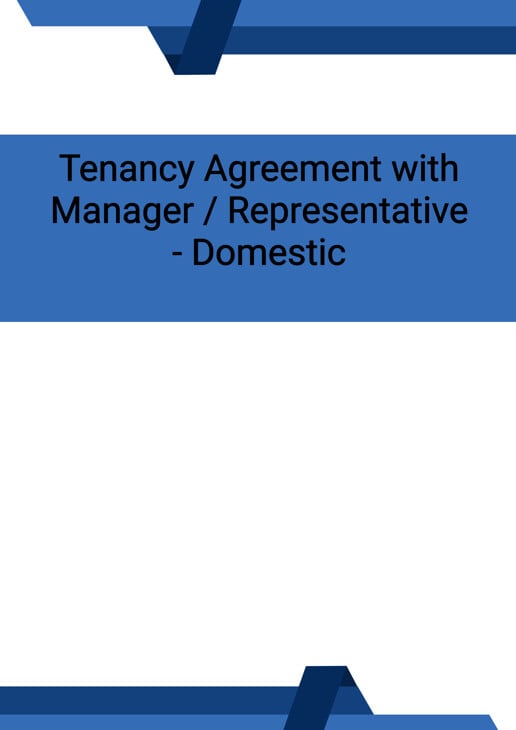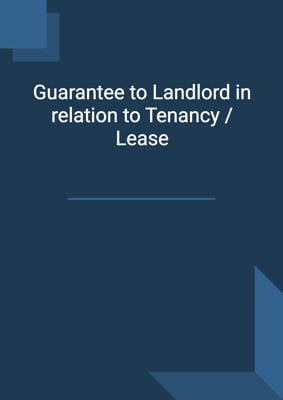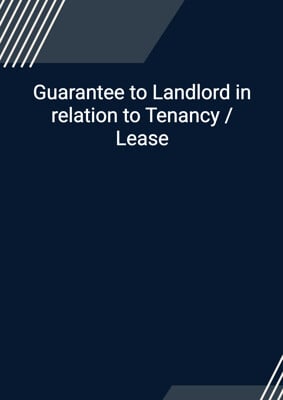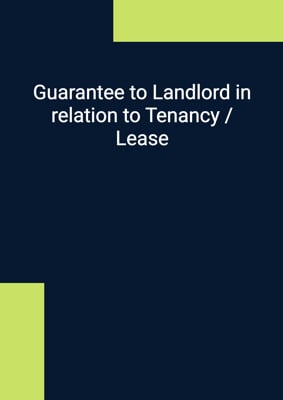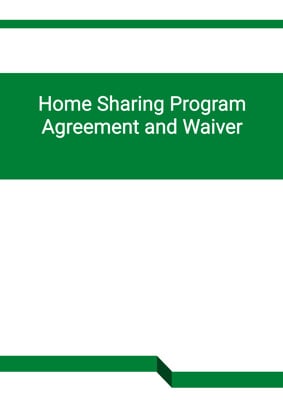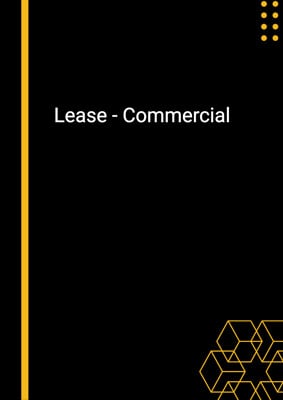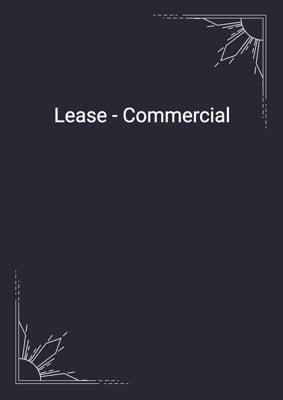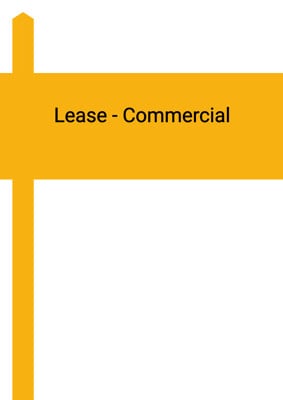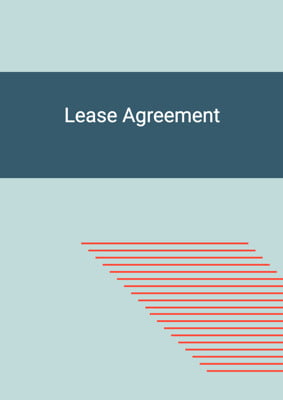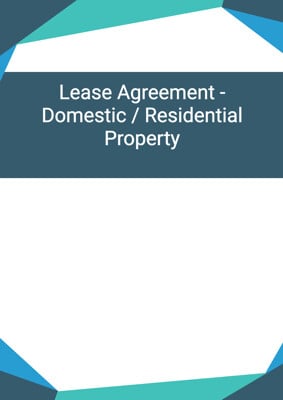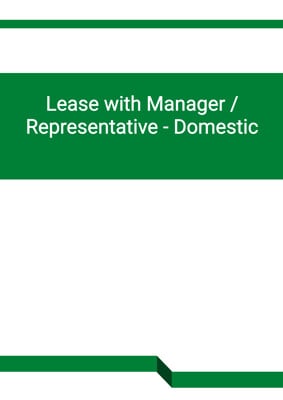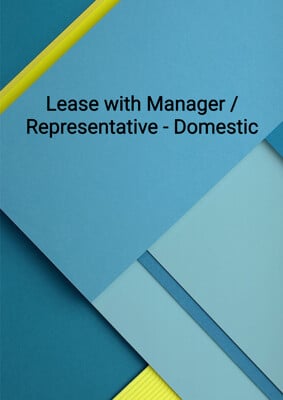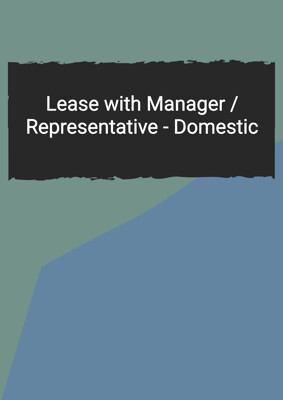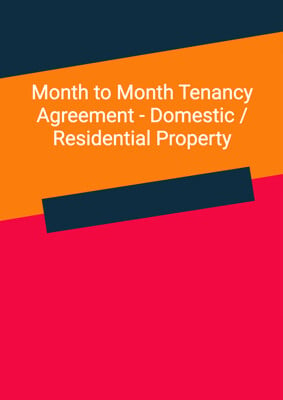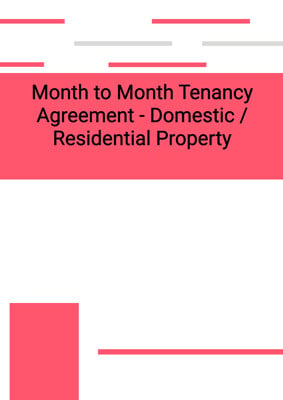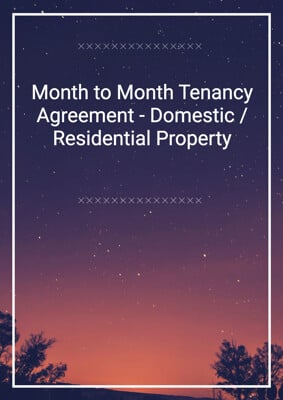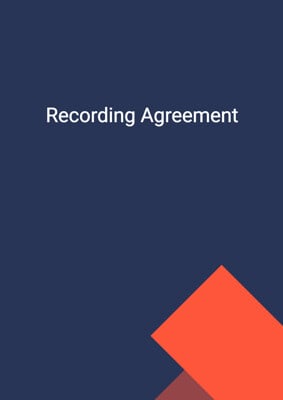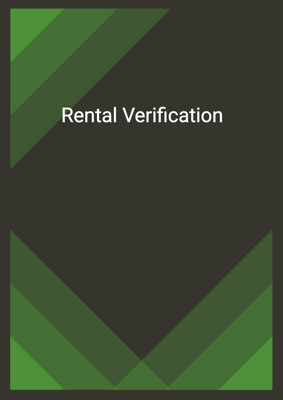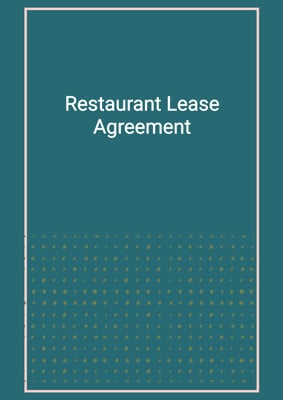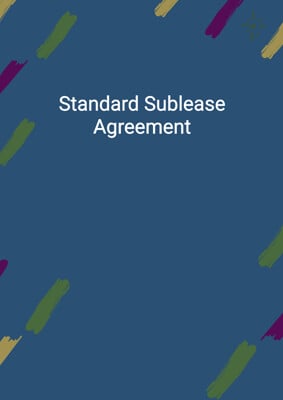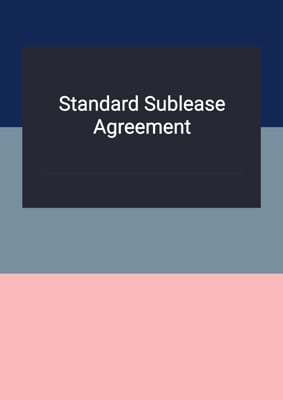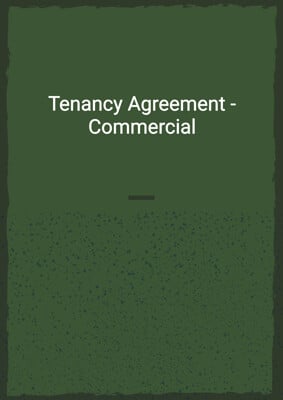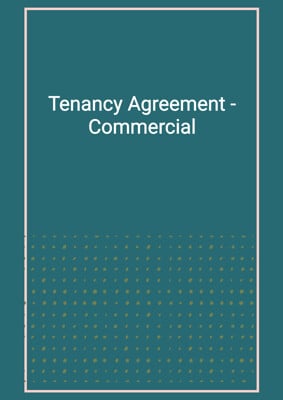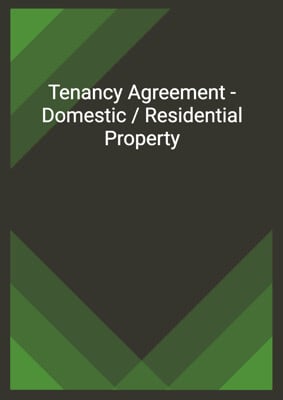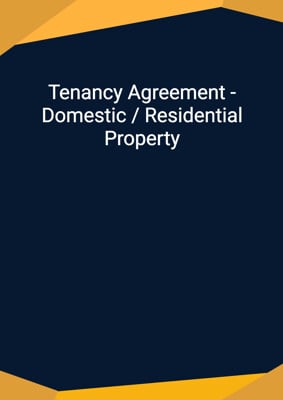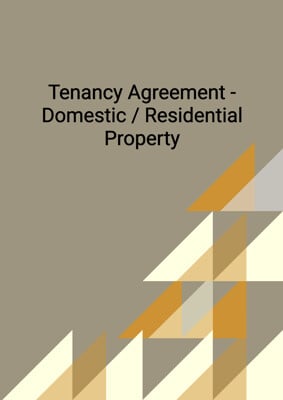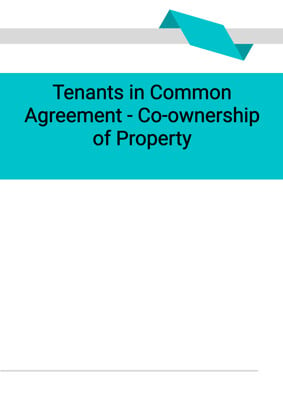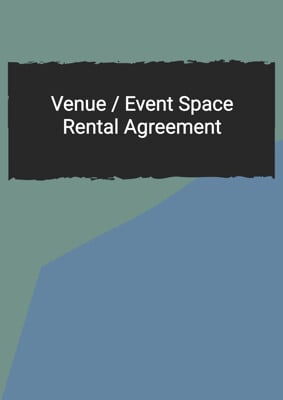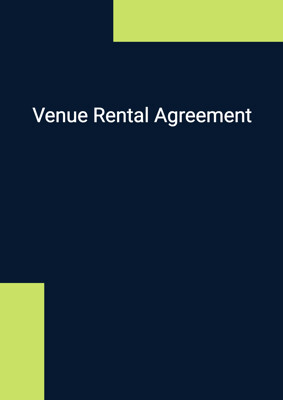How to Tailor the Document for Your Need?
01
Create Document
Fill in the details of the parties. You can click the "Fill with Member’s Information" button to complete it with information saved to your account.
02
Fill Information
Please fill in any additional information by following the step-by-step guide on the left hand side of the preview document and click the "Next" button.
03
Get Document
When you are done, click the "Get Document" button and you can download the document in Word or PDF format.
04
Review Document
Please get all parties to review the document carefully and make any final modifications to ensure that the details are correct before signing the document.
Document Preview
Document Description
This document is a tenancy agreement between the landlord, tenant, and representative. The agreement outlines the terms and conditions of the lease, including the responsibilities of each party. The document begins by highlighting the importance of the agreement and the appointment of the representative as the authorized representative of the landlord. The agreement is divided into several sections, each providing detailed information.
Section 1: Tenancy
This section states that the landlord agrees to lease the premises to the tenant for residential purposes. It also mentions the total area of the premises.
Section 2: Term of Tenancy
This section specifies the duration of the lease, including any break clauses or rent-free periods. It also outlines the procedures for termination and renewal of the tenancy.
Section 3: Rent
This section explains the rent payment terms, including the amount, frequency, and any additional charges. It also states that the tenant must pay for utilities and provides information on late payment penalties.
Section 4: Deposit
This section outlines the details of the security deposit, including the amount, payment deadline, and conditions for its return.
Section 5: Other Charges
This section specifies the tenant's responsibility for additional charges, such as management fees, government rates, and property tax.
Section 6: Landlord's Responsibilities
This section outlines the landlord's responsibilities, including maintaining the premises and addressing any defects or repairs.
Section 7: Tenant's Responsibilities
This section details the tenant's obligations, such as paying rent and charges on time, maintaining the premises, and complying with laws and regulations.
Section 8: Termination of the Tenancy
This section explains the circumstances under which the landlord can terminate the agreement, such as non-payment or breach of terms.
Section 9: Premises Unfit for Occupation
This section addresses the situation where the premises become uninhabitable due to damage or other causes beyond the landlord's control.
Section 10: Miscellaneous
This section includes general provisions, such as the entire agreement, waiver of breaches, and the allocation of stamp duty.
Section 11: No Rights under Contracts for Third Parties
This section clarifies that only the parties to the agreement have rights under it.
Section 12: Law and Jurisdiction
This section states that the agreement is governed by the laws of the applicable jurisdiction and specifies the jurisdiction for resolving disputes.
Section 13: Notices and Service
This section explains the methods and requirements for serving notices between the parties.
The agreement concludes with the signatures of the authorized representatives of the landlord, tenant, and representative.
How to use this document?
1. Provide information: Enter the names and addresses of the landlord, tenant, and representative in the agreement, ensuring clear identification of all parties.
2. Specify the term of tenancy: Clearly state the start and end dates of the lease. If applicable, include any break clauses or rent-free periods.
3. Clarify rent payment terms: Specify the rent amount, payment frequency, and any additional charges. Also, mention the tenant's responsibility for utilities.
4. Collect security deposit: Set a deadline for the tenant to pay the security deposit and outline the conditions for its return.
5. Address other charges: Clearly state the tenant's responsibility for management fees, government rates, and property tax.
6. Outline landlord's responsibilities: Specify the landlord's obligations, such as maintaining the premises and addressing any defects or repairs.
7. Explain tenant's responsibilities: Detail the tenant's obligations, including paying rent and charges on time, maintaining the premises, and complying with laws and regulations.
8. Termination of the tenancy: Explain the circumstances under which the landlord can terminate the agreement, such as non-payment or breach of terms.
9. Address premises unfit for occupation: Outline the procedure if the premises become uninhabitable due to damage or other causes beyond the landlord's control.
10. Include miscellaneous provisions: Cover general provisions, such as the entire agreement, waiver of breaches, and the allocation of stamp duty.
11. Clarify law and jurisdiction: Specify the governing law and jurisdiction for resolving disputes.
12. Serve notices correctly: Follow the specified methods and requirements for serving notices between the parties.
13. Ensure signatures: Obtain the signatures of the authorized representatives of the landlord, tenant, and representative to finalize the agreement.
Not the right document?
Don’t worry, we have thousands of documents for you to choose from:
